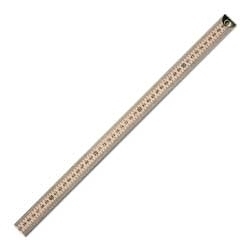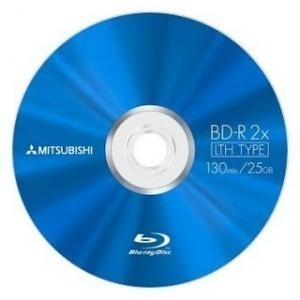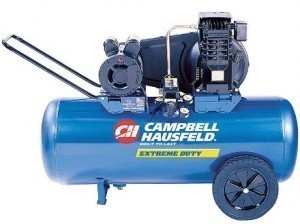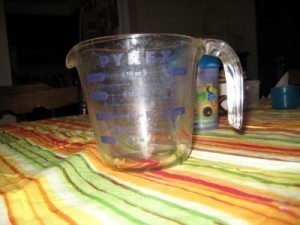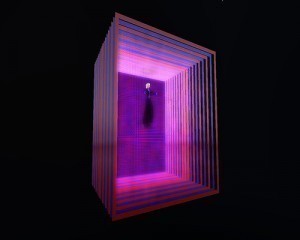How Small is an LED?
The light emitting diode or LED dimensions are as varied as the shapes. The “average” LED comes with a 5 mm diameter cross-section. This measurement is widely used. But there are also 3 mm sizes available.
More about Shapes and Sizes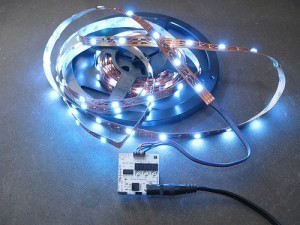
The most widely used are the round cross-section because installation is very easy. You just have to drill a hole in the LED diameter and apply some adhesive. There are also clips that can fasten the device in holes. Other diode shapes are used such as triangular, rectangular and square.
Viewing Angle
Aside from the various LED dimensions, the diodes also differ with regards to the viewing angle. This determines how much light beam is spread. The standard diodes have a 60 degree angle. But there are also narrow beams with 30 degrees. Some have even less.
Function, Testing and Maintenance
The diodes generate light when an electric current goes through it. These devices can be destroyed by heat. This can happen during soldering. But the chances of this occurring are low. Soldering is usually easy.
You should never connect the diode directly to a power supply. Too much current will go through and destroy the LED. To keep the current manageable, there has to be a resistor that will restrict the current. If the supply voltage is 12V or less, a 1k resistor will suffice.
Colors and Hues
The diodes are available in the following colors: white, blue, green, yellow, amber, orange and red. The most expensive are the blue and white LEDs. The semiconductor material decides the hues.
The package coloring has nothing to do with it. There are uncolored packs that are water clear and milky. The colored packs are sold as
transparent and diffused.
The most popular tri-color diodes have green and red colors. The leads number three. These are called tri-color because green and red together seem to form a yellow color.
LED Usage and Popularity
Most light bulbs today rely on the various LED dimensions. The diodes are used to relay information from remote controls. They are also used in flashlights because they use less power but are very bright. These diodes are also used in digital clocks and traffic lights.
The large TV screens use LED images to display pictures clearly. Light bulbs that use these diodes do not avail of filaments. This makes light emitting diodes more durable than the standard incandescent bulb. This is possible because there is no filament burning out.
